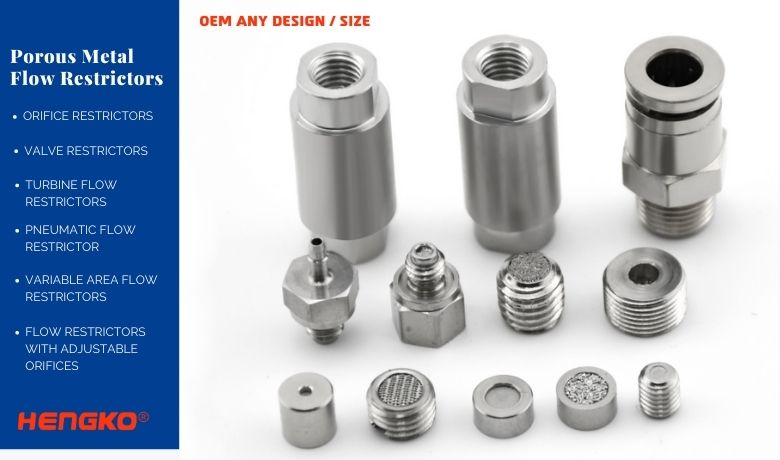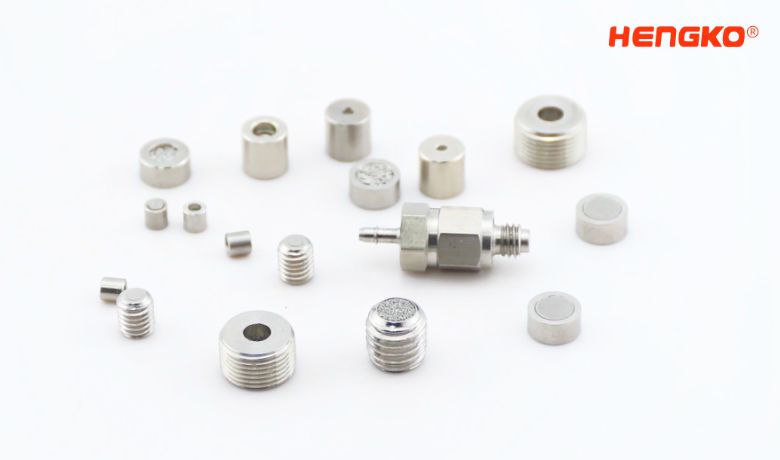-
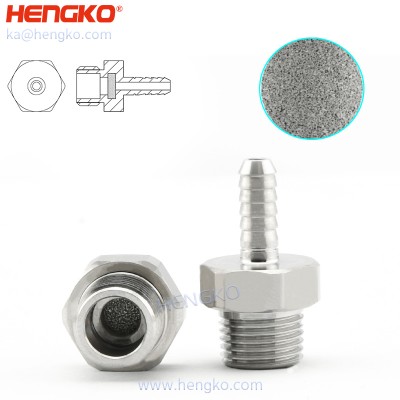
Industrial Anti-clog Precision Porous Metal Flow Restrictors for Healthcare and Life Sc...
HENGKO manufactures filter elements in a broad range of materials, sizes, and fittings so they can be easily specified with the characteristics and configura...
View Detail -
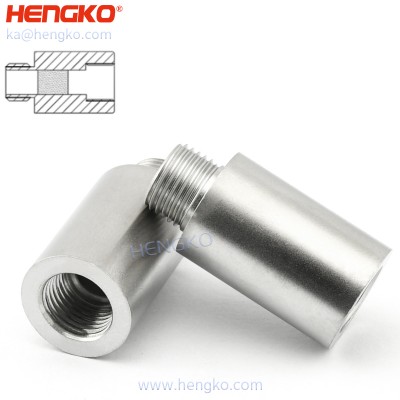
Porous metal flow restrictors used in require anti-clogging or laminar flow applications
HENGKO delivers precision porous metal flow restrictors that provide a reliable and economical replacement for small control valves. A porous metal flow rest...
View Detail -
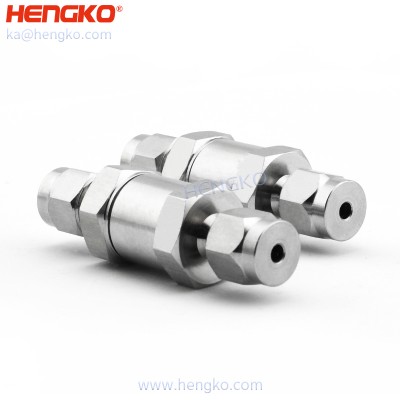
High Purity Flow Restrictors uesd in high-flow C-Seal configuration gas systems / flow ...
HENGKO delivers precision porous metal flow restrictors that provide a reliable and economical replacement for small control valves. A porous metal flow rest...
View Detail -
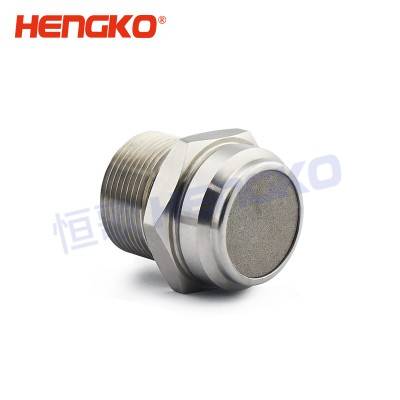
Sintered microns porosity porous metal filter air flow restrictors (laminar flow) for g...
HENGKO manufactures filter elements in a broad range of materials, sizes, and fittings so they can be easily specified with the characteristics and configura...
View Detail
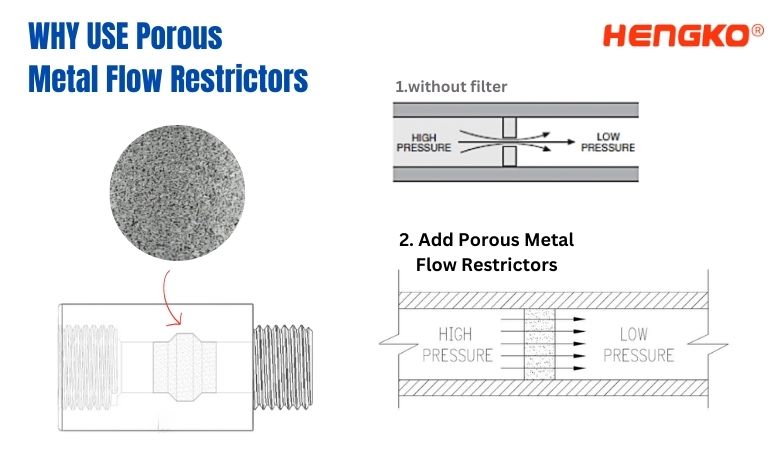
What is Metal Flow Restrictors ?
short to say, Porous metal flow restrictors are flow restrictors made from metal materials
with a porous structure.
This flow restrictor can control the flow of fluids or gases by using the pores in the metal
to create resistance to the flow. Some common features of porous metal flow restrictors
include their ability to handle a wide range of fluids and gases, their durability and long
lifespan, and their ability to withstand high pressures and temperatures. These flow
restrictors are often used in applications where it is necessary to control fluid or gas flow
to prevent over-pressurization or other dangerous conditions. Additionally, porous metal
flow restrictors are often used in applications where it is necessary to maintain a consistent
flow rate, such as in medical devices or precision manufacturing processes.
Main Features of Flow Restrictors ?
Flow restrictors have a number of features that make them useful in a wide range of
applications. Some of the common features of flow restrictors include as the following:
1. Adjustable flow rates:
Many flow restrictors can adjust the flow rate, allowing them to be used in applications
where it is necessary to control the flow of a fluid or gas. It can do through the use of
a screw or other adjustment mechanism or through the use of a variable flow restrictor.
2. Easy installation:
Flow restrictors are typically small, simple devices that can easily install in a system
without requiring complex modifications. It makes them ideal for applications where
it is necessary to quickly and easily control the flow of a fluid or gas.
3. Durability and longevity:
Flow restrictors are typically designed to be durable and long-lasting, which makes them
ideal for use in applications where they will be subjected to harsh conditions. It can include
applications that involve high pressures, high temperatures, or corrosive fluids or gases.
4. Compatibility with a range of fluids and gases:
Flow restrictors are often designed to be compatible with a wide range of fluids and gases,
which makes them useful in a wide range of applications. It can include applications involving
water, air, gases, or other fluids.
How Many Kinds Flow Restrictor ?
There are several different types of flow restrictors that are used in different applications.
Some common types include:
1. Orifice restrictors:
These are simple devices that use an opening, or orifice, to restrict the flow of a fluid.
The size of the orifice determines the flow rate.
2. Valve restrictors:
These devices use a valve to regulate fluid flow. Depending on the system's needs,
the valve can be adjusted to allow more or less flow.
3. Turbine flow restrictors:
These devices use a spinning turbine to restrict fluid flow.
The faster the turbine spins, the greater the flow rate.
4. Pneumatic flow restrictors:
These devices use air pressure to regulate fluid flow.
The pressure of the air controls the flow rate.
5. Variable area flow restrictors:
These devices use a movable barrier, such as a cone or paddle, to adjust the flow rate.
As the barrier moves, it changes the size of the opening through which the fluid can flow,
thereby adjusting the flow rate.
6. Flow restrictors with adjustable orifices:
These devices use an adjustable orifice to regulate the flow rate.
Depending on the system's needs, the orifice can be opened or closed to allow more or less flow.
There may be other types of flow restrictors that are not listed here, as the design and function
of flow restrictors can vary widely depending on the specific application.
So if also you have interested and questions for the Porous Metal Flow Restrictors, please
feel free to contact us by email ka@hengko.com, we will send back asap within 24-hours
